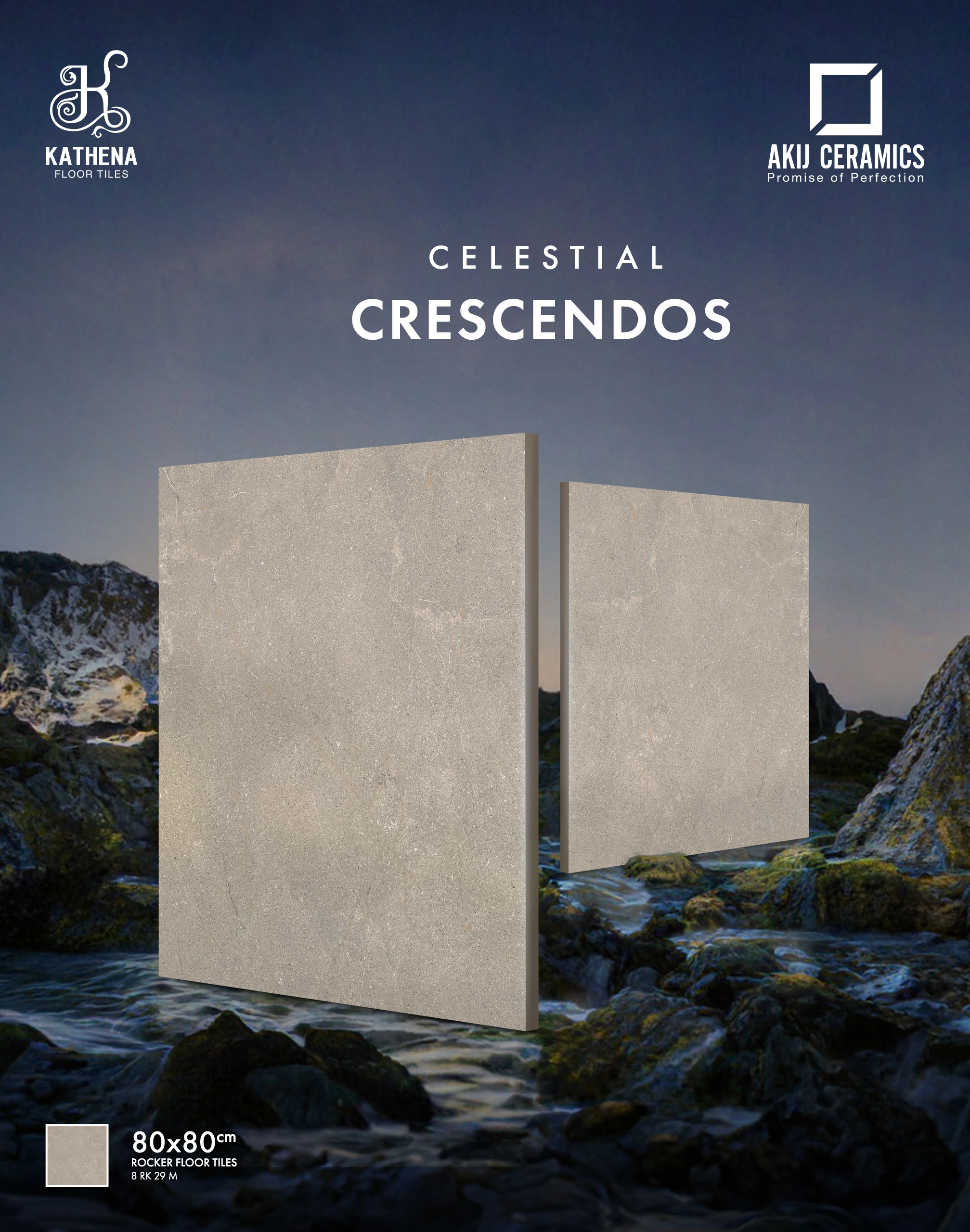
Institute of Architects Bangladesh Brings Pohela Boishakh to Life on Its Premises
The Institute of Architects Bangladesh (IAB) welcomed the Bengali New Year in vibrant style, hosting its first-ever Pohela Boishakh celebration on its premises. Titled “Esho Mati Notuner Ahobane”, the event was a colourful and cultural affair that reached beyond the architectural fraternity. Architects’ spouses, children, and extended family were warmly welcomed. The idea was simple: to celebrate the new year and the people who stand behind the scenes of every great architect. Festivities began at 3 PM, as the rhythmic beat of traditional dhol set the tone. Architect Asif M Ahsanul Haq, Convener of the Bengali New Year Celebration Committee, opened the event, inviting everyone into the heart of the celebration. With warm smiles and colorful attire, attendees embraced the spirit of community and enjoyed the laughter and tradition with their extended family. The IAB grounds were transformed into a festive fair, with interactive cultural corners drawing crowds throughout the day. Children gathered around clay artists and potters, their hands deep in clay, learning to mold traditional shapes. Nearby, shitol pati (cooling mat) weavers demonstrated their age-old techniques, encouraging young participants to try their hand at weaving. A painting zone was also set up, where children were free to create without the pressure of competition. Their artwork was later displayed, showcasing unfiltered creativity and color. Laughter echoed from the crowd gathered around the Putul Nach (puppet dance) and magic show, where entertainment delighted audiences of all ages and reminded everyone of the charm of folk performances. At the heart of the event was a bustling Meena Bazaar, alive with the flavors of tradition. Stalls served familiar favorites—muri, murki, naru, moya, samosa, beguni, lemonade, and kacha aam er shorbot—while architects and their families showcased their creative talents through stalls featuring homemade food, traditional sarees, books, paintings, and handmade crafts. It was a beautiful blend of personal passion and cultural pride. Major industry sponsors, including Berger Paints Bangladesh, Italiano Marble and Granite, Indigo Marble and Granite, Tilottoma Group, and Space Couture, added their own festive touch. Their vibrant booths offered free face art, portrait sketches, and a variety of Bengali snacks and refreshments, contributing to the lively spirit of the day. As the sun began to set, the stage came alive with folk songs and traditional dances performed by members of the architectural community. The soulful performance by Sadhu Songo, a renowned Lalon music troupe, captivated the audience with its spiritual melodies. The evening came to a heartfelt close with a collective rendition of “Esho He Boishakh,” followed by heartfelt closing remarks from Professor Dr. Abu Sayeed M Ahmed, President, and Professor Dr. Masudur Rashid, General Secretary of the Institute of Architects Bangladesh. The night concluded with a warm, memorable dinner under the open sky—an evening to remember. This landmark celebration was not just about welcoming a new year, it was about embracing shared roots, honouring cultural expression, and celebrating the bonds that make up the architectural community.
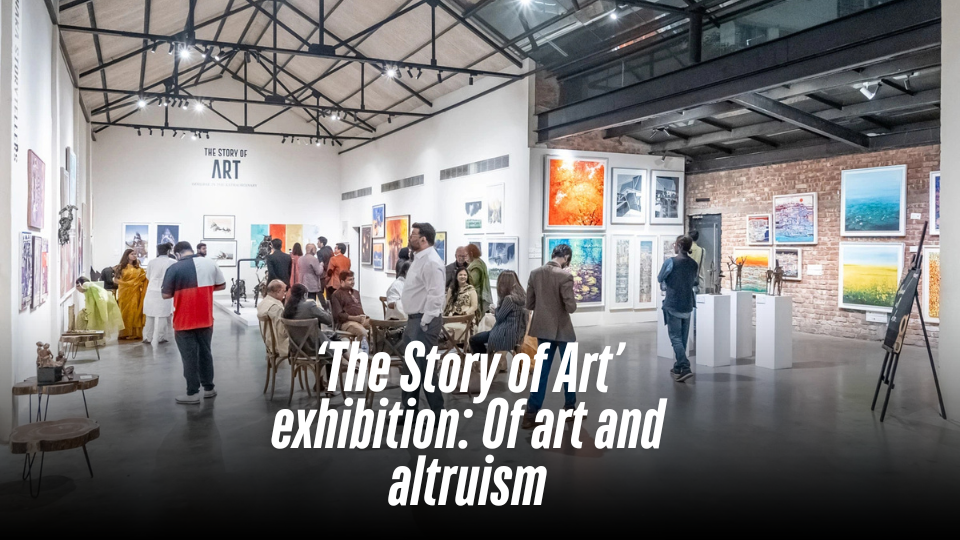
‘The Story of Art’ exhibition: Of art and altruism
Organized by Dhaka Storytellers from February 8 to February 13, the lush gallery space Aloki Greenhouse in the capital’s Gulshan hosted an exhibition titled The Story of Art. The exhibition boasted a stunning collection of 80 to 90 artworks, captivating audiences for a week. Curated by Syeda Adiba Hussain, co-founder of Dhaka Storytellers, The Story of Art was more than just a display of artistic excellence. This was Dhaka Storytellers’ second art event, following the charity exhibition Art for Charity in August 2024. In the same vein, The Story of Art supported a larger cause, with a portion of the proceeds donated to five schools and one college in Sylhet, demonstrating the power of art to create tangible change beyond gallery walls. Beyond the beauty of its displays, the exhibition underscored the immense power of art to inspire and drive change. By merging artistic excellence with humanitarian efforts, it aimed to uplift communities, empower individuals, and support crucial social causes. Having been in the making for almost a year, the exhibition was carefully planned to bring together some of Bangladesh’s most celebrated artists. The lineup included some of the country’s most notable names, such as Rafiqun Nabi, Monirul Islam, Hamiduzzaman Khan, and Kanak Chanpa Chakma. Furthermore, the exhibition commendably featured artworks by several emerging artists, creating a dynamic collection that bridged generations of artistic expression. From simply beautiful paintings to thought-provoking sculptures, The Story of Art was also an opportunity for both seasoned and budding collectors to acquire unique pieces while contributing to a noble cause. The grand opening on Friday, February 7, set the tone for the week-long exhibition. The launch was attended by an invitation-only audience, including the participating artists, their families, media professionals, and notable guests. As the exhibition drew to a close, it left behind more than just a collection of breathtaking visuals; it also left an indelible impression on those who visited. The fusion of artistic expression with social commitment deeply moved attendees, inspiring them to consider the vast potential of art beyond aesthetics. The exhibition carried a narrative that extended far beyond the gallery walls, reinforcing the idea that art is not merely to be observed but to be experienced, felt, and acted upon. The event was about more than just admiring artworks—it was about creating a shared vision where artists, curators, and spectators all committed to a cause bigger than themselves. It demonstrated that art has the ability to transcend traditional boundaries, reaching into the hearts of individuals and communities, sparking conversations, and inspiring action. Ultimately, The Story of Art was a celebration of creativity’s ability to inspire, connect, and transform lives. The week-long show was a powerful testament to the transformative synergy between art and altruism. It showcased how art exhibitions, when intertwined with a greater purpose, can spark meaningful change. Written By Shahbaz Nahian

Body and the Map: Of wounds and Hope
Beautifully curated by Sharmillie Rahman, the exhibition “Body and the Map” took place on Bengal Shilpalay between 15 and 28 December, 2024. By engaging viewers to contemplate the interaction of power, identity, and transition, “Body and the Map” was more than just another decent exhibition that had the July-August uprising as its subject matter; the exhibition not only acted as a stark reminder about what must not be forgotten but also intrigued the audiences to introspect. Consisting of the artworks of ten multidisciplinary artists, many of whom were active participants in the mass uprising that overthrew a long-standing regime, “Body and the Map” was a riveting look at societal upheaval in the aftermath of that student-led mass rebellion. The show, based on the collective memory of Bangladesh’s last July-August, is both a reflection and a debate about the force of resistance, the weight of trauma, and the possibility of change. Their work delves into the complicated reality of a country dealing with its old and fresh scars and the tiers of collective psychological state of the mass after the newfound independence. The participating artists were A. Asan, Afsana Sharmin, Ashang Mong, Farzana Ahmed, Mong Mong Shay, Niazuddin Ahmmed, Palash Bhattacharjee, Rasel Rana, Razib Datta, and Ripon Saha. The July-August uprising was characterised by an unprecedented feeling of urgency, as residents defied persecution to demand justice, equality, and dignity. However, the road to liberation came at a high cost, with bodies mutilated, lives lost, and a collective psyche permanently transformed. The show explores this dichotomy, emphasising the body as both a personal and societal vessel for history, pain, and resilience. The artworks that were adorned by the gallery space delve deeply into the concept of the body as a source of memory and resistance. Whether through physical depictions or abstract interpretations, the ten artists highlighted how the human body bears the weight of institutional injustice and governmental violence. The visual narratives starkly remind us about biopolitical disposability, demonstrating how individuals became victims of normalised violence during the authoritarian system. The relationship between body and land appears as a repeating pattern, emphasising identities defined by culture, religion, race, and gender, all of which intersect within a nation’s sovereign borders. However, these links are loaded with tension, since the scars of authoritarian authority and systematic impunity are etched on both the body and map. In the aftermath of this historic movement, “Body and the Map” illustrated the dialectics of trauma and renewal, hopelessness and optimism. The exhibition stressed the importance of open discourse and the reframing of identity and government as centralised power disintegrates and something new emerges. Despite recollections of terror, violence, and loss, the artworks elicit a cautious hope. The collective body politic, though scarred, remains resilient, signalling a determination to redefine itself and the map it inhabits. Written by Shahbaz Nahian
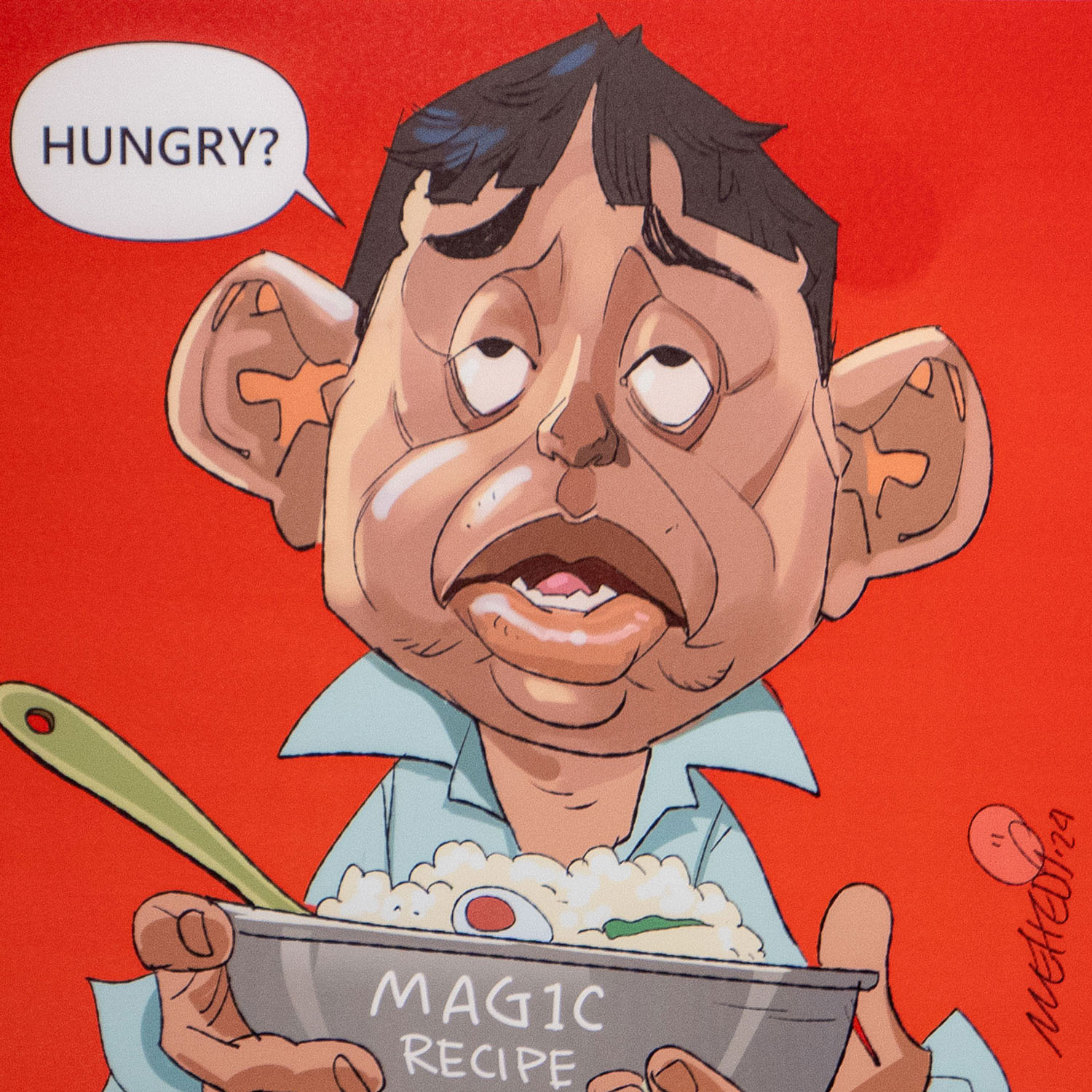
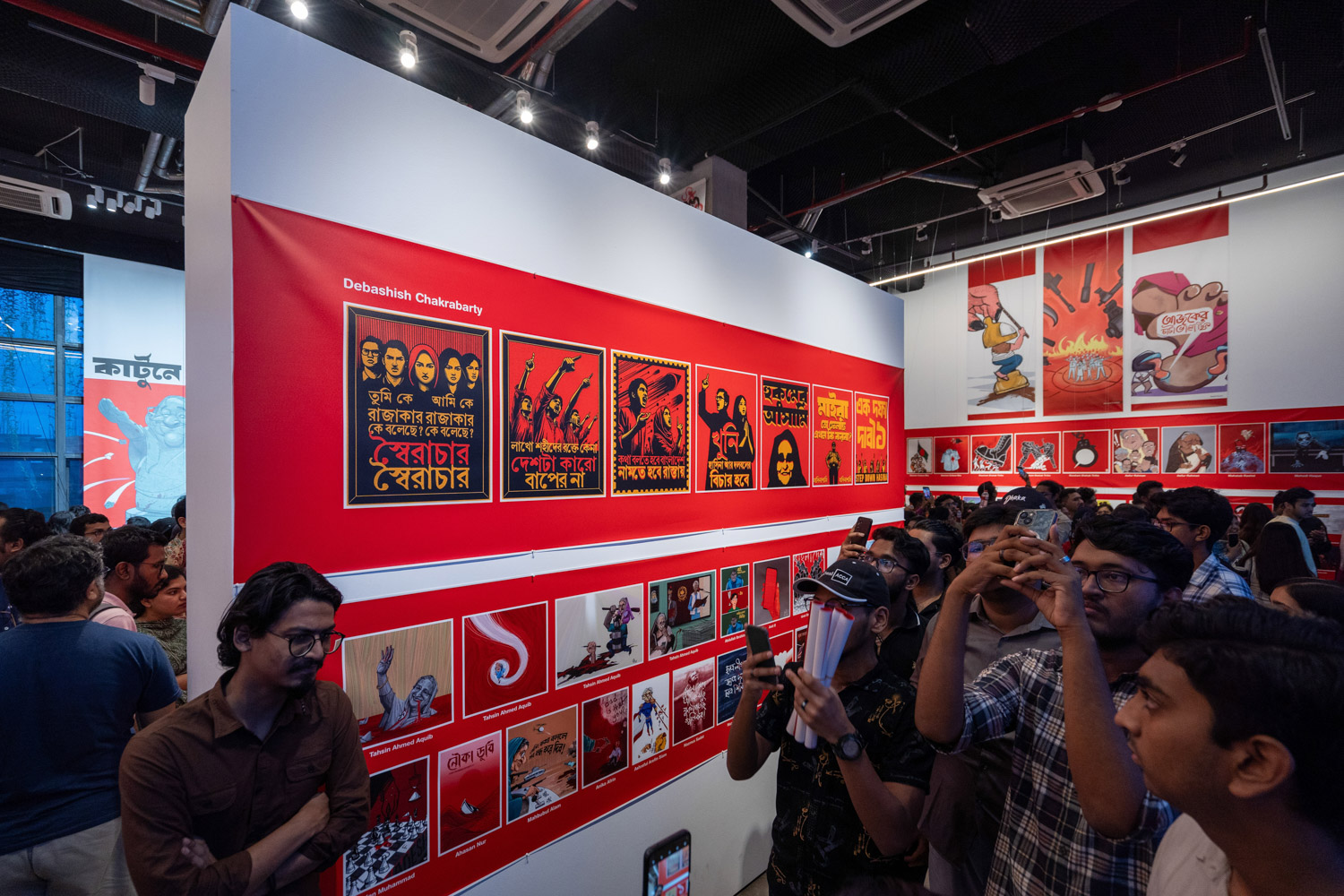




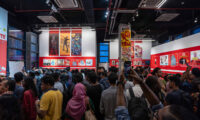
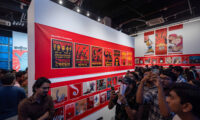

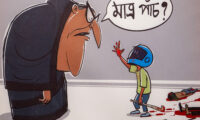
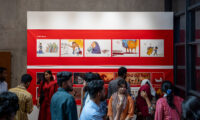
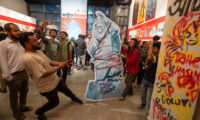
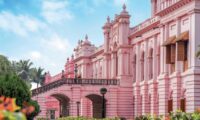






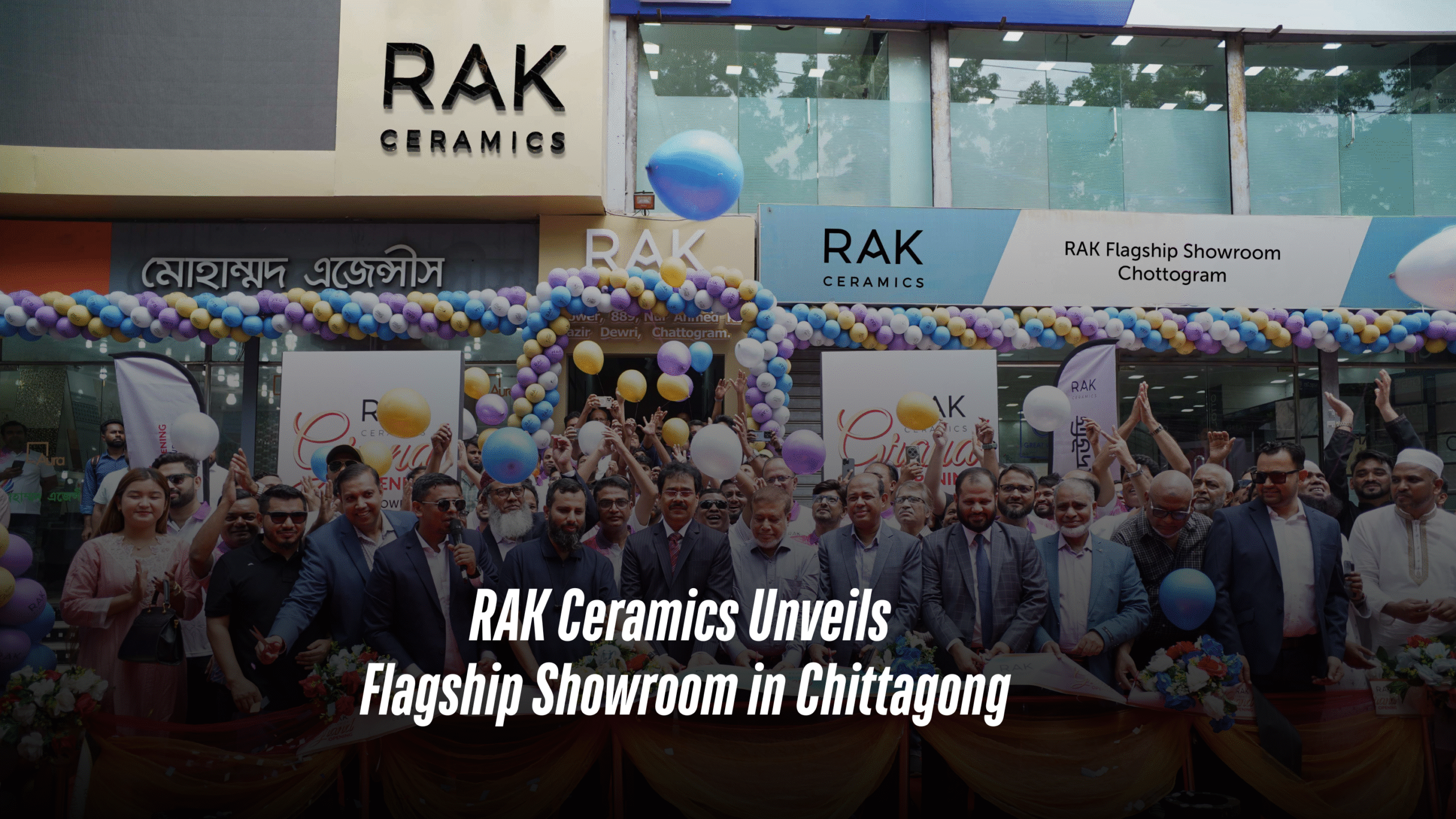
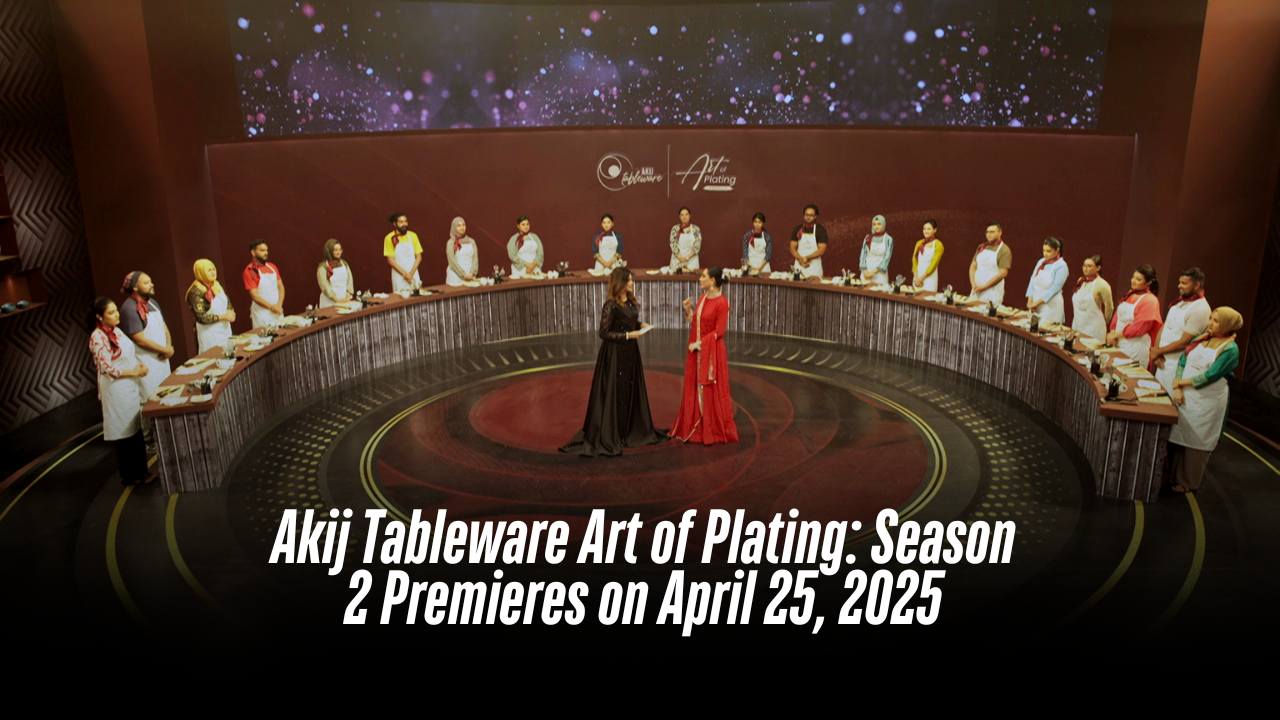
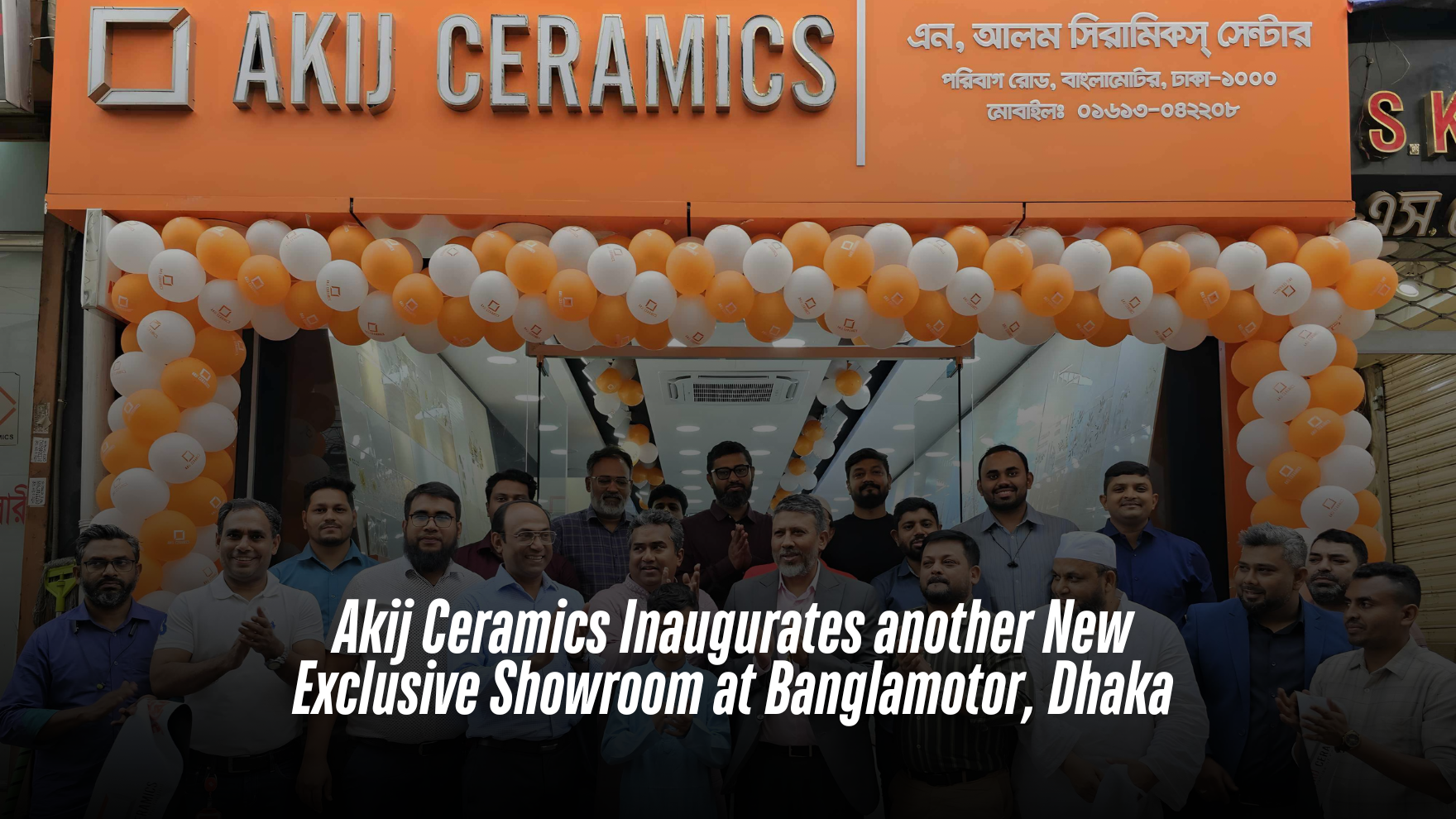



 Total views : 20463
Total views : 20463